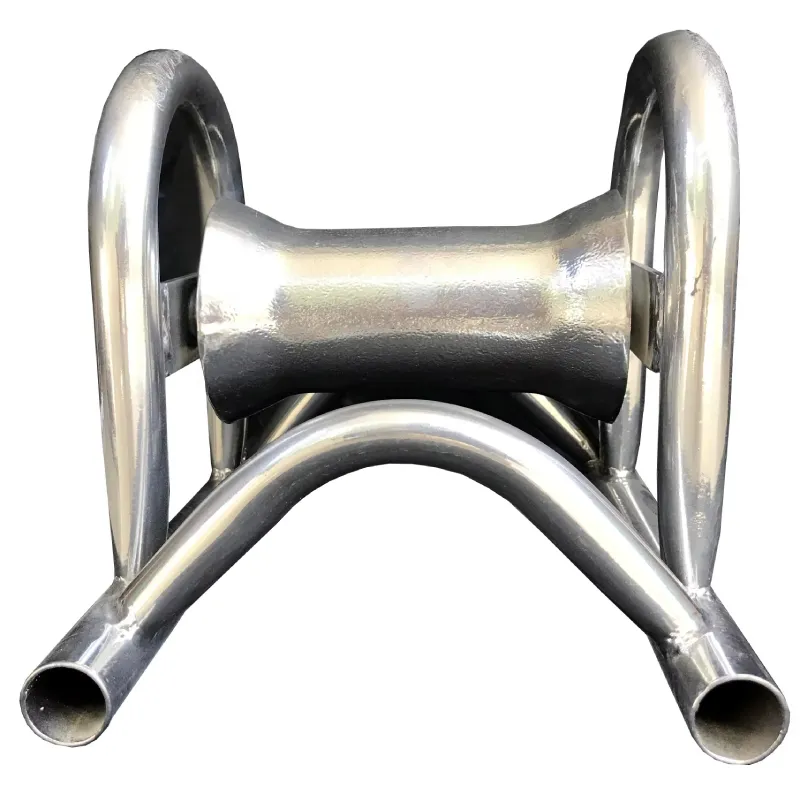
-
 Afrikaans
Afrikaans -
 Albanian
Albanian -
 Amharic
Amharic -
 Arabic
Arabic -
 Armenian
Armenian -
 Azerbaijani
Azerbaijani -
 Basque
Basque -
 Belarusian
Belarusian -
 Bengali
Bengali -
 Bosnian
Bosnian -
 Bulgarian
Bulgarian -
 Catalan
Catalan -
 Cebuano
Cebuano -
 Corsican
Corsican -
 Croatian
Croatian -
 Czech
Czech -
 Danish
Danish -
 Dutch
Dutch -
 English
English -
 Esperanto
Esperanto -
 Estonian
Estonian -
 Finnish
Finnish -
 French
French -
 Frisian
Frisian -
 Galician
Galician -
 Georgian
Georgian -
 German
German -
 Greek
Greek -
 Gujarati
Gujarati -
 Haitian Creole
Haitian Creole -
 hausa
hausa -
 hawaiian
hawaiian -
 Hebrew
Hebrew -
 Hindi
Hindi -
 Miao
Miao -
 Hungarian
Hungarian -
 Icelandic
Icelandic -
 igbo
igbo -
 Indonesian
Indonesian -
 irish
irish -
 Italian
Italian -
 Japanese
Japanese -
 Javanese
Javanese -
 Kannada
Kannada -
 kazakh
kazakh -
 Khmer
Khmer -
 Rwandese
Rwandese -
 Korean
Korean -
 Kurdish
Kurdish -
 Kyrgyz
Kyrgyz -
 Lao
Lao -
 Latin
Latin -
 Latvian
Latvian -
 Lithuanian
Lithuanian -
 Luxembourgish
Luxembourgish -
 Macedonian
Macedonian -
 Malgashi
Malgashi -
 Malay
Malay -
 Malayalam
Malayalam -
 Maltese
Maltese -
 Maori
Maori -
 Marathi
Marathi -
 Mongolian
Mongolian -
 Myanmar
Myanmar -
 Nepali
Nepali -
 Norwegian
Norwegian -
 Norwegian
Norwegian -
 Occitan
Occitan -
 Pashto
Pashto -
 Persian
Persian -
 Polish
Polish -
 Portuguese
Portuguese -
 Punjabi
Punjabi -
 Romanian
Romanian -
 Russian
Russian -
 Samoan
Samoan -
 Scottish Gaelic
Scottish Gaelic -
 Serbian
Serbian -
 Sesotho
Sesotho -
 Shona
Shona -
 Sindhi
Sindhi -
 Sinhala
Sinhala -
 Slovak
Slovak -
 Slovenian
Slovenian -
 Somali
Somali -
 Spanish
Spanish -
 Sundanese
Sundanese -
 Swahili
Swahili -
 Swedish
Swedish -
 Tagalog
Tagalog -
 Tajik
Tajik -
 Tamil
Tamil -
 Tatar
Tatar -
 Telugu
Telugu -
 Thai
Thai -
 Turkish
Turkish -
 Turkmen
Turkmen -
 Ukrainian
Ukrainian -
 Urdu
Urdu -
 Uighur
Uighur -
 Uzbek
Uzbek -
 Vietnamese
Vietnamese -
 Welsh
Welsh -
 Bantu
Bantu -
 Yiddish
Yiddish -
 Yoruba
Yoruba -
 Zulu
Zulu


Desemba . 19, 2024 18:40 Back to list
Exploring the Impacts of 5% Shackle Policies in 2016 on Economic Growth
Understanding the Concept of ‘5% Shackle’ in Economic Contexts
In the field of economics, the concept of the '5% shackle' often relates to specific regulatory or fiscal policies that aim to limit the extent of financial burdens placed on individuals or businesses. This term emerged in discussions about economic growth, productivity, and social equity. By examining its implications and the contextual framework surrounding it, we can gain a deeper understanding of its relevance in both contemporary and historical economic analysis.
The term 'shackle' invokes the imagery of restraint — limitations that prevent something from moving freely. In economic terms, this can refer to regulations, taxes, or policies that restrict entrepreneurial activities or personal financial growth. Specifically, the '5% shackle' can be seen as a threshold beyond which the cost of compliance or taxation becomes burdensome enough to deter investment or innovation.
Understanding the Concept of ‘5% Shackle’ in Economic Contexts
The discussion surrounding the '5% shackle' also brings into focus the balance between generating government revenue and fostering a vibrant economy. Governments rely on tax revenues to fund essential services such as healthcare, education, and infrastructure. However, excessive taxation can stymie economic growth, leading to a stagnant job market and innovation drought. Thus, the challenge lies in setting tax rates that are sufficient to meet public expenditure needs while avoiding economic paralysis.
5 16 shackle

The debates surrounding the '5% shackle' are not merely academic but have real-world implications. For instance, many countries have pursued tax reforms with the intention of lowering taxes on businesses to stimulate growth. This has resulted in a competitive landscape where nations position themselves as attractive destinations for foreign investment, largely by keeping corporate tax rates low. In a globalized economy, the attractiveness of a nation is often determined by its fiscal policies, which include tax burdens levied on businesses.
Analyzing this concept through various lenses — from a microeconomic perspective where individual businesses operate, to a macroeconomic view where entire economies are influenced — elucidates the nuanced discussions around the '5% shackle'. For a small business owner, a 5% increase in taxation may mean the difference between hiring new employees or putting off expansion plans. For an entire country, it might indicate a pivotal moment in its economic trajectory whether it opts for a more competitive tax strategy or higher taxes to fund public services.
Moreover, the concept of the '5% shackle' also plays a vital role in the discourse on social equity. Progressive taxation systems are often designed to redistribute income more equitably across society, but they can also bring about situations where lower-income individuals or small business owners feel disproportionately impacted by financial burdens. Discussions on income thresholds, exemptions, and allowances become central in ensuring that the tax system is fair without being a hindrance to economic mobility.
In conclusion, the '5% shackle' serves as an important narrative in the discussions surrounding economic growth, fiscal policy, and social equity. Balancing the need for revenue generation with the imperative to foster a conducive environment for business and innovation is essential. Policymakers must navigate these waters carefully, as the implications of their decisions resonate through the economy, influencing everything from business decisions to individual livelihoods. As we advance, the lessons learned from the '5% shackle' concept remind us of the critical intersections between policy, economic performance, and societal well-being. Whether through adjusted tax rates or enhanced support for SMEs, the ongoing dialogue surrounding this concept will undoubtedly shape our economic landscape for years to come.
Latest news
Your Best Choice for Duct Rodder and Fish Tape Wire Puller Tools
NewsAug.13,2025
Unlocking Efficiency and Precision with Premium Cable Tools and Equipment
NewsAug.13,2025
Smart Solutions with Precision: Cable Pulling Tools That Deliver
NewsAug.13,2025
Reliable Protection with Advanced Hot Stick Technology
NewsAug.13,2025
Reliable Cable Installation Tools at Your Fingertips
NewsAug.13,2025
Optimized Cable Laying with Heavy-Duty Solutions for Modern Projects
NewsAug.13,2025











